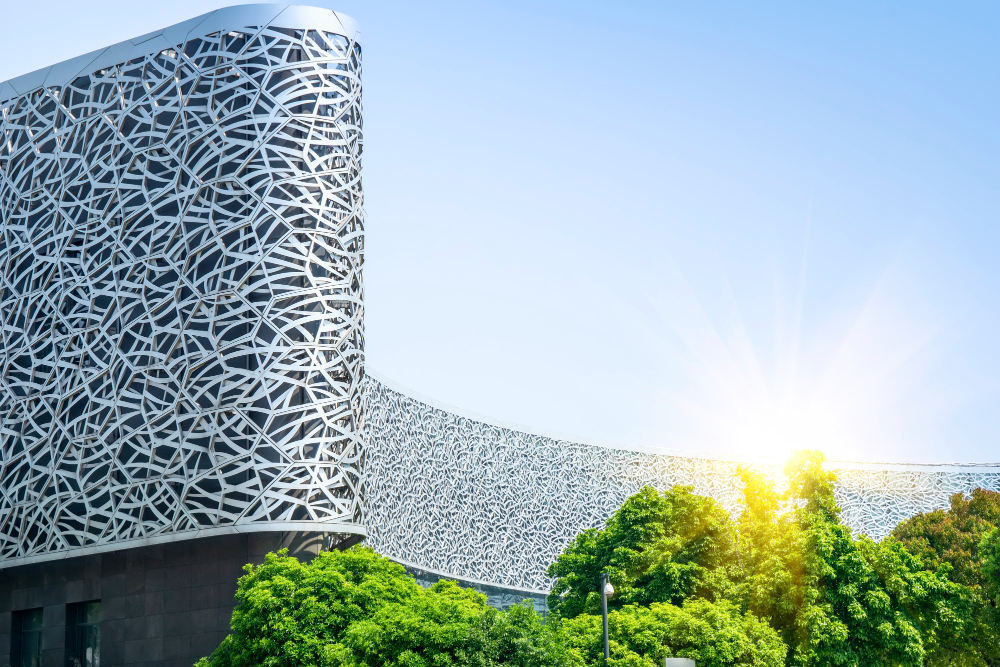
The practice of architecture has always been a blend of creativity, functionality, and aesthetics. However, the role of architects in the 21st century has expanded far beyond designing buildings. In a rapidly changing world shaped by urban growth, technological advancements, and environmental challenges, architects have become key players in addressing some of society’s most pressing issues. Today, their work touches on sustainability, inclusivity, innovation, and even global problem-solving.
From Designers to Community Builders
Gone are the days when architects were solely tasked with creating visually striking structures. Modern architects are now focused on designing spaces that cater to the diverse needs of communities. This means considering not just form and function but also how a space influences human interaction, well-being, and inclusivity.
For instance, creating accessible spaces is no longer optional. Architects are designing environments that cater to people of all abilities, ensuring that everyone can navigate and enjoy buildings and public spaces without barriers. Similarly, there is a growing emphasis on designing spaces that foster social connection, mental health, and a sense of belonging.
Sustainability as a Core Responsibility
One of the most significant shifts in architecture today is the emphasis on sustainability. Architects have become stewards of the environment, tasked with creating structures that minimize harm to the planet. This involves using renewable materials, reducing energy consumption, and integrating green technologies like solar panels, water harvesting systems, and energy-efficient lighting.
Passive design principles, which use natural elements like light, ventilation, and thermal mass to regulate temperature and energy use, are gaining prominence. Additionally, the concept of “net-zero” buildings—structures that generate as much energy as they consume—is shaping the future of architecture. Architects are now designing not just for the present but with a vision for a sustainable future.
The Rise of Technology in Architecture
Technology has revolutionized how architects work. Tools like Building Information Modeling (BIM) allow architects to create detailed 3D models that incorporate all aspects of a building, from structural elements to electrical and mechanical systems. This has streamlined collaboration across disciplines, resulting in more efficient and accurate projects.
Virtual reality (VR) is another game-changer. Architects can now offer clients immersive experiences of a space before it’s built, making it easier to communicate ideas and refine designs. Meanwhile, artificial intelligence (AI) is beginning to play a role in analyzing data, optimizing layouts, and even generating innovative design ideas.
Generative design, which uses algorithms to explore countless design possibilities, is helping architects push the boundaries of creativity. These technological advancements allow architects to experiment and innovate like never before.
Tackling Global Challenges
Architects are also taking on broader challenges that extend beyond individual buildings. Urbanization, for example, requires architects to rethink how cities are designed to accommodate growing populations. Smart cities, which integrate technology and sustainability into urban planning, are becoming a key focus area.
Disaster resilience is another critical concern. Architects are designing buildings and infrastructure that can withstand natural disasters such as floods, earthquakes, and hurricanes. These resilient designs help protect communities and reduce recovery times after catastrophic events.
A Transforming Profession
The role of architects in the 21st century is more complex and influential than ever before. They are no longer just designers of spaces but problem solvers, innovators, and global thinkers. From promoting sustainability to addressing urban challenges and embracing cutting-edge technology, architects are shaping not just structures but the future of how we live, work, and connect.
As the world evolves, so too does the field of architecture. This transformation ensures that architects remain central to creating a better and more sustainable built environment for generations to come.
